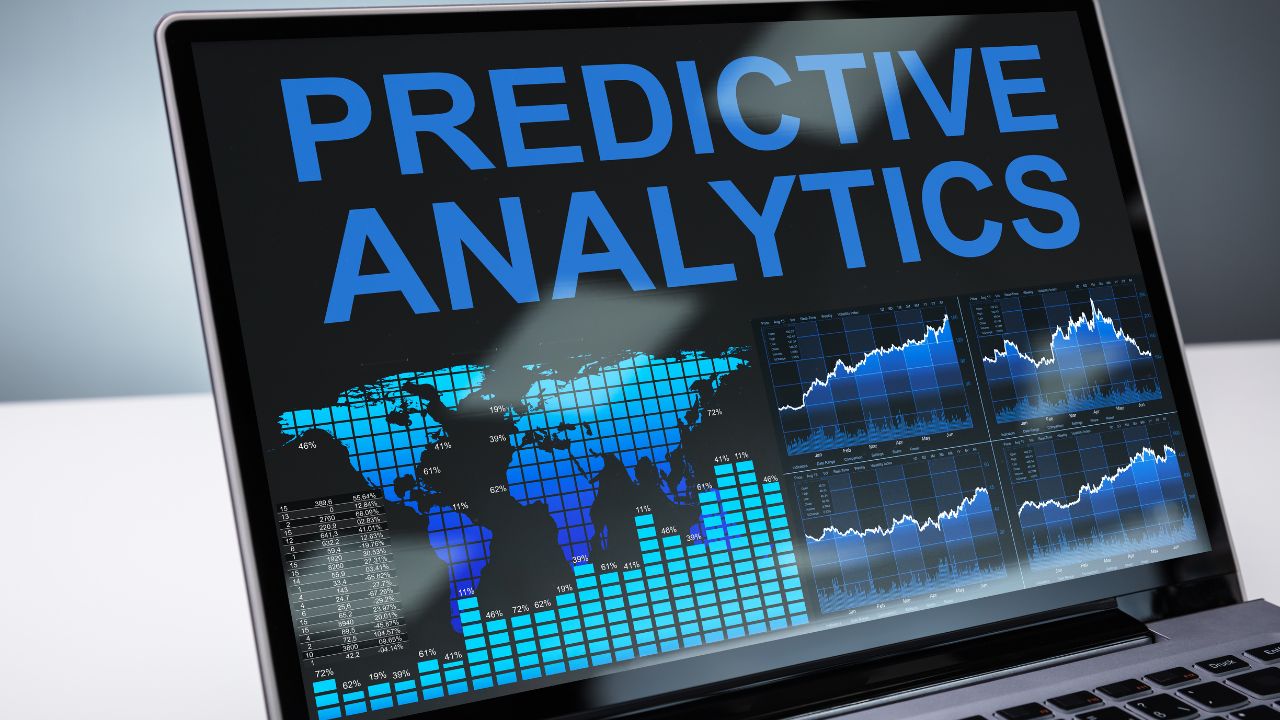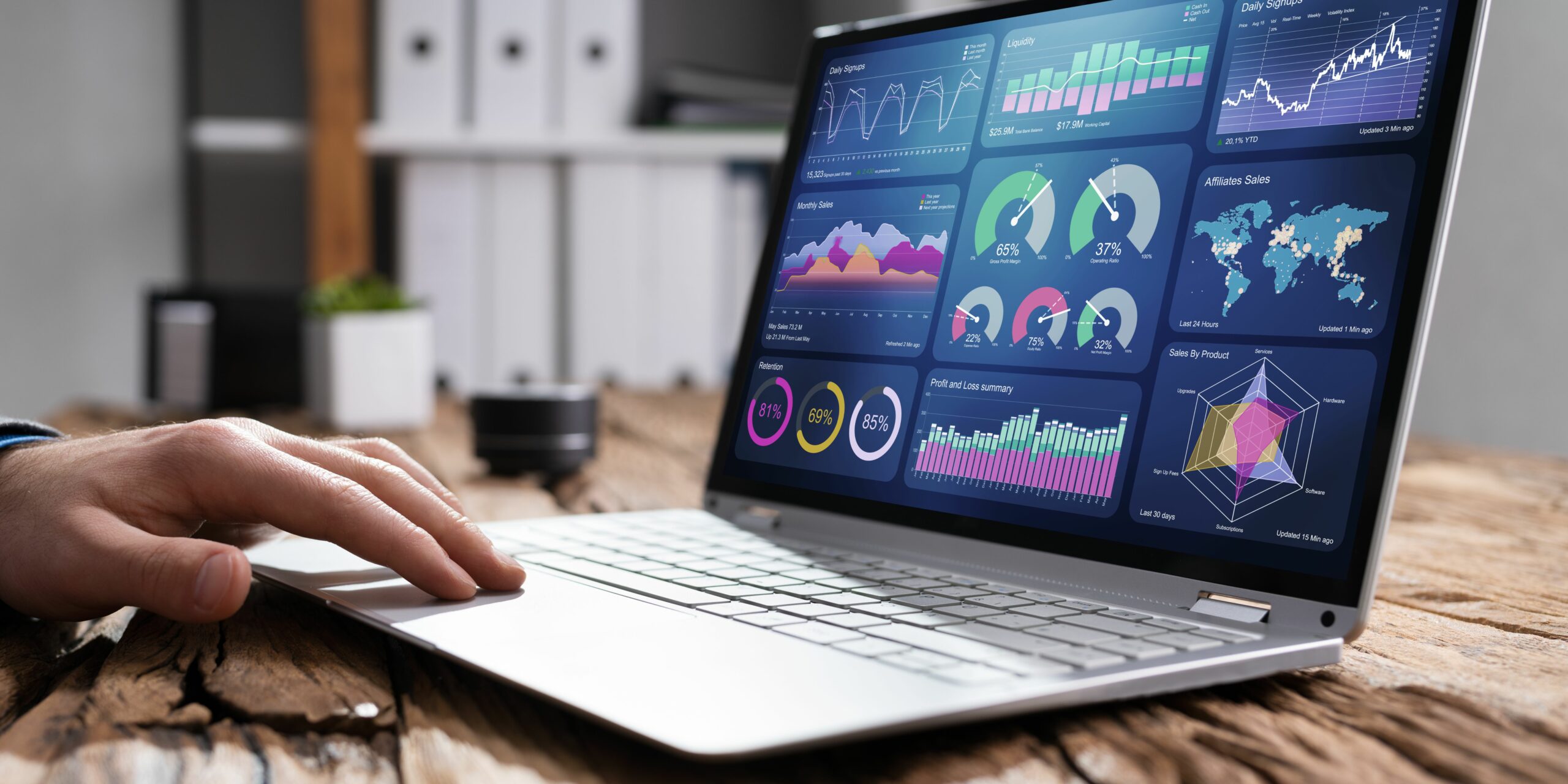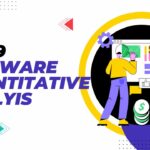 Predictive analytics is a rapidly evolving field that utilizes data, statistical algorithms, and machine learning to identify the likelihood of future outcomes based on historical data. With the emergence of artificial intelligence (AI), predictive analytics has become even more powerful, enabling businesses to gain deeper insights into their operations and customers. In this article, we will explore the intersection of predictive analytics and AI, examining the latest advancements and their potential impact on businesses. We will delve into the fundamentals of predictive analytics with AI, including its benefits, challenges, and real-world applications. Join us as we explore how this exciting technology is revolutionizing the way businesses approach decision-making and strategy.
Predictive analytics is a rapidly evolving field that utilizes data, statistical algorithms, and machine learning to identify the likelihood of future outcomes based on historical data. With the emergence of artificial intelligence (AI), predictive analytics has become even more powerful, enabling businesses to gain deeper insights into their operations and customers. In this article, we will explore the intersection of predictive analytics and AI, examining the latest advancements and their potential impact on businesses. We will delve into the fundamentals of predictive analytics with AI, including its benefits, challenges, and real-world applications. Join us as we explore how this exciting technology is revolutionizing the way businesses approach decision-making and strategy.
What is Artificial Intelligence?
Artificial intelligence is a hot topic on everybody’s lips today. This is because it is a branch of technology that is able to evaluate data on its own, form hypotheses, test them, and then test them again. It is capable of taking massive volumes of data and processing them in real time. In order to predict outcomes accurately at a scale and at a tempo that human analysts are unable to match, this machine learning approach continuously assesses models and data.
What is Predictive Analytics?
Among the different kinds of artificial intelligence out there, predictive analysis is one of the categories it falls under. It is a statistics-based technique used by data analysts to create hypotheses and test records in order to forecast the chance of a specific result in the future. This is possible because analysts first identify past trends and then apply these patterns to current data. Predictive analytics employs a more structured method of data-driven forecasting in the marketing sector.
There are several primary steps that define the workflow of predictive analytics. First, the problem is identified based on the data provided by the organization. Then, once this data is organized, it is run through the predictive models designed by the developers in order to draw out well-founded conclusions. This analytical approach helps with decision-making about demographics, targeting, and collateral. It is also able to forecasts campaign efficacy with well-founded accuracy.
Key Differences Between AI & Predictive Analytics

The main distinction between artificial intelligence and predictive analytics is that AI relies on human engagement to query data, spot trends, and test hypotheses, whilst predictive analytics is entirely autonomous. AI has a far wider range of applications than only predictive analytics. As an example, artificial intelligence also uses continuously evolving multi-variable algorithms, unlike predictive analytics which mostly focuses on forecasting future decisions based on provided data.
Thanks to AI and predictive analytics, risk mitigation, and campaign success projection are now more straightforward than ever. Although each model approaches data analysis in a somewhat different way, they both provide advanced insights and 360-degree views of data trends to aid in boosting marketing ROI, conversion rates, and client retention.
Where do they overlap?
Artificial intelligence and predictive analytics are immensely related and observe many similar foundational similarities that are key to their functioning. The first is that both are data-driven. Both of these fields depend on the analysis of enormous volumes of data and provide their users with accurate analyses of the information given. The second aspect is insights, where both can produce significant and useful results by analyzing data to spot patterns, highlight trends, and discover patterns. The final commonality is their application of predictive models. These technologies can aid in the creation of forecasts and projections, encouraging the creation of wise decisions and plans for the future.
Benefits of predictive analytics

Many businesses are eyeing to adopt predictive analytics tools into their workflows because of how extensive its benefits are. As a result, it can aid businesses in discovering methods to make and save money. This is because predictive models are able to accomplish different tasks such as planning shipping routes, forecasting inventory needs, and organizing stores for maximum profit.
How does predictive AI work?
There are many notable reasons why businesses would greatly benefit from using AI or predictive analytics tools. However, it might still be confusing how they can be applied to existing business processes. Here’s how:
Predicting business development with predictive artificial intelligence
When using predictive analytics AI, a company’s primary purpose is to gain accurate predictions of its future and the future of its business’s industry or market. It can be quite difficult to come to these conclusions manually. This is why predictive artificial intelligence is helpful because it provides a significant amount of reliability.
An example of its application is mining data from customers’ website navigation. Machine learning tools can retrieve data about what a customer navigates and browses through in a website, in order to forecast their present or future needs. If this has a favorable effect on the user experience, it will also have a big impact on the company’s sales results.
Predictive AI can affect many other areas. For instance, the analysis of various forms of data can considerably improve inventory management in retail stores and warehouses.
Simulate scenarios with predictive artificial intelligence
Predictive analytics can also simulate various scenarios to help a business better define its strategy. Its capabilities can have an impact on a business’s promotions, price, or selection. Simulating the most likely future scenarios in its market helps the company be more effective and competitive for profitability or optimization goals.
Predictive AI does not merely make generic forecasts. It also adapts to the limits and goals of businesses. The simulation includes the ability to account for variables not included in the predictive data. In fact, it enables their improvement and a deeper comprehension of a business’s inner workings, which is valuable for a company’s executives and employees.
Automate tasks with predictive artificial intelligence
Another major benefit of predictive analytic tools and artificial intelligence algorithms is their ability to automate repetitive tasks. For example, AI tools can get the exact data about the condition of a business’s system operation of a machine. Anticipating the various maintenance tasks can result in cost savings by preventing more serious damages and issues.
Use Cases of Predictive Analytics

Evidently, predictive analytics is built on models, which are the blueprints that let users transform historical and present data into useful insights and provide long-term gains. Predictive models typically come in the following forms:
Predictive maintenance
This useful tactic for boosting revenue since it can save costly repairs is called predictive maintenance. It is similar to being aware of potential wear and tears that will come to a machine. Imagine knowing exactly which component of your car would fail next. You may avoid a headache by having it fixed or replaced in advance, and that is the kind of principle predictive maintenance is based on.
Risk modeling
There is risk in any enterprise. It can take the form of things like broken equipment, lousy offers, pricing changes, and numerous other things. Predictive analytics uses a variety of data points gathered over time to pinpoint potential risky scenarios. These data patterns give businesses the information they need to manage potential threats to make wise decisions.
Next best action
Predictive analytics’ next-best move is to incorporate information about customer behavior. This includes aspects such as buying patterns, consumer behavior, and social media presence, among others. It also offers insights into the best approaches to communicating with customers, as well as the ideal times and channels to use, using that data.
How to set up a predictive analysis?
It is important to remember that employing predictive AI within a corporation is not an easy feat. It requires the necessary abilities to understand the extreme complexity of these solutions and what it takes to maintain them. Calling on experts is needed because predictive analysis might lead to errors and drifts that need to be discovered.
For predictive artificial intelligence to reach its full potential, it is important to be aware of certain factors. This includes determining the anticipated objectives in advance, being aware of the tools and software to utilize, and planning for the integration of forecasts into ongoing operations.
Which companies are using predictive AI?
As mentioned, predictive analysis AI can be applied in all kinds of industries. This includes retail and bulk distribution, healthcare, pharmaceutical, tourism, and even catering businesses. Predictive AI algorithms can truly optimize all facets of an organization’s operation, regardless of what kind of industry they come from.
What is the difference between predictive analytics and artificial intelligence? How do they intersect?
Predictive analytics is a considerably smaller topic of AI. AI includes prediction, categorization, information extraction, problem-solving, machine learning, and more. AI goes beyond ML and even predictive analytics.
Techniques outside of the purview of AI can be helpful in predictive analytics itself. Predictive analytics may entail human assistance in fine-tuning the models. Then, it starts to resemble pure statistical modeling rather than AI.





